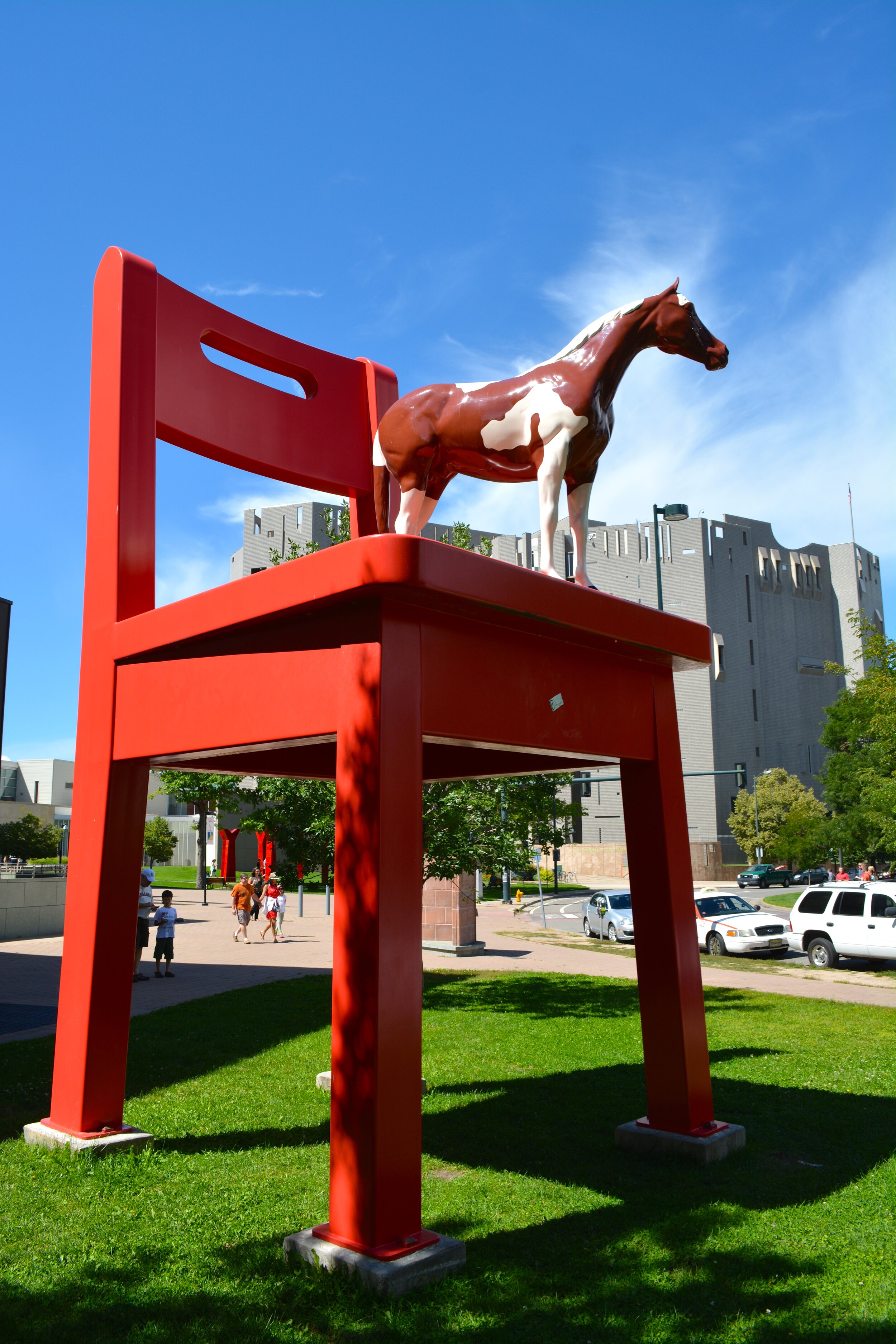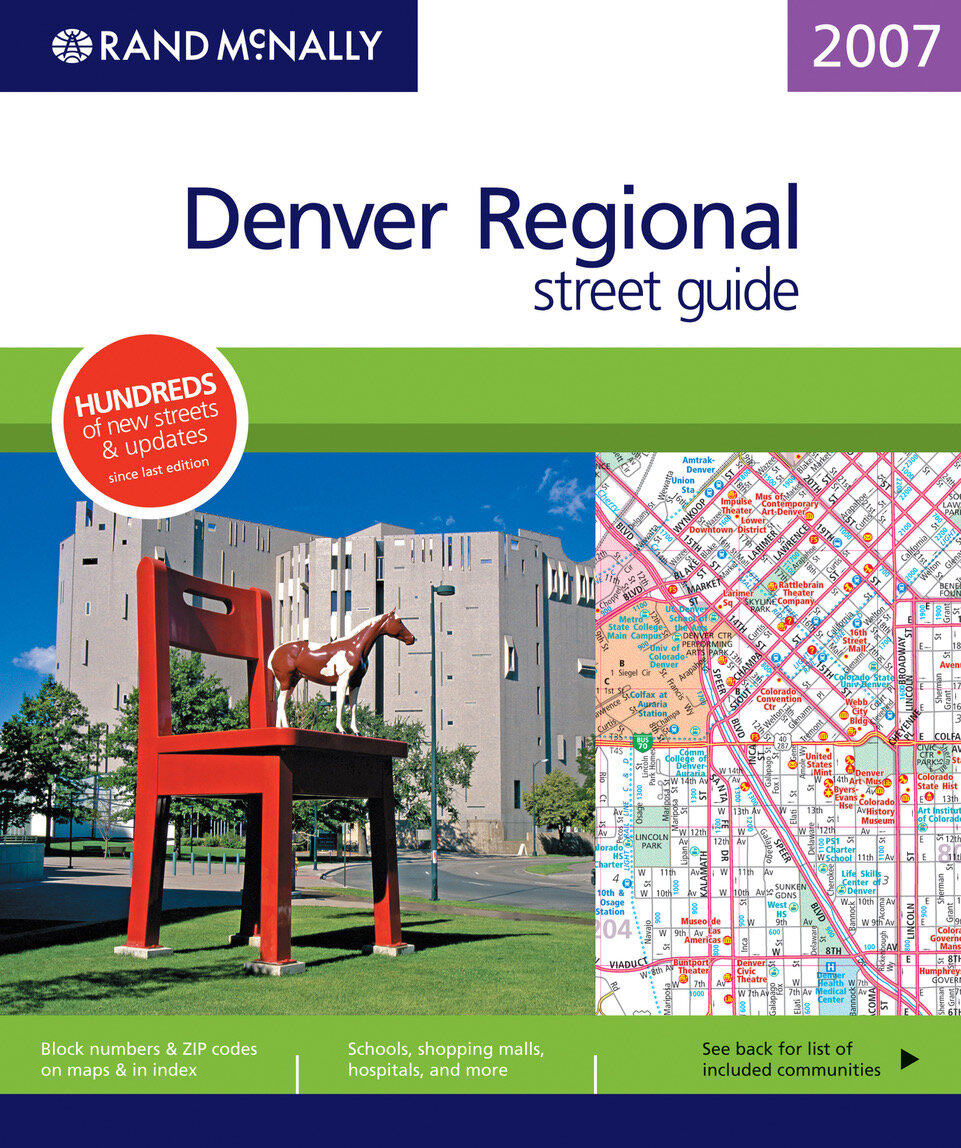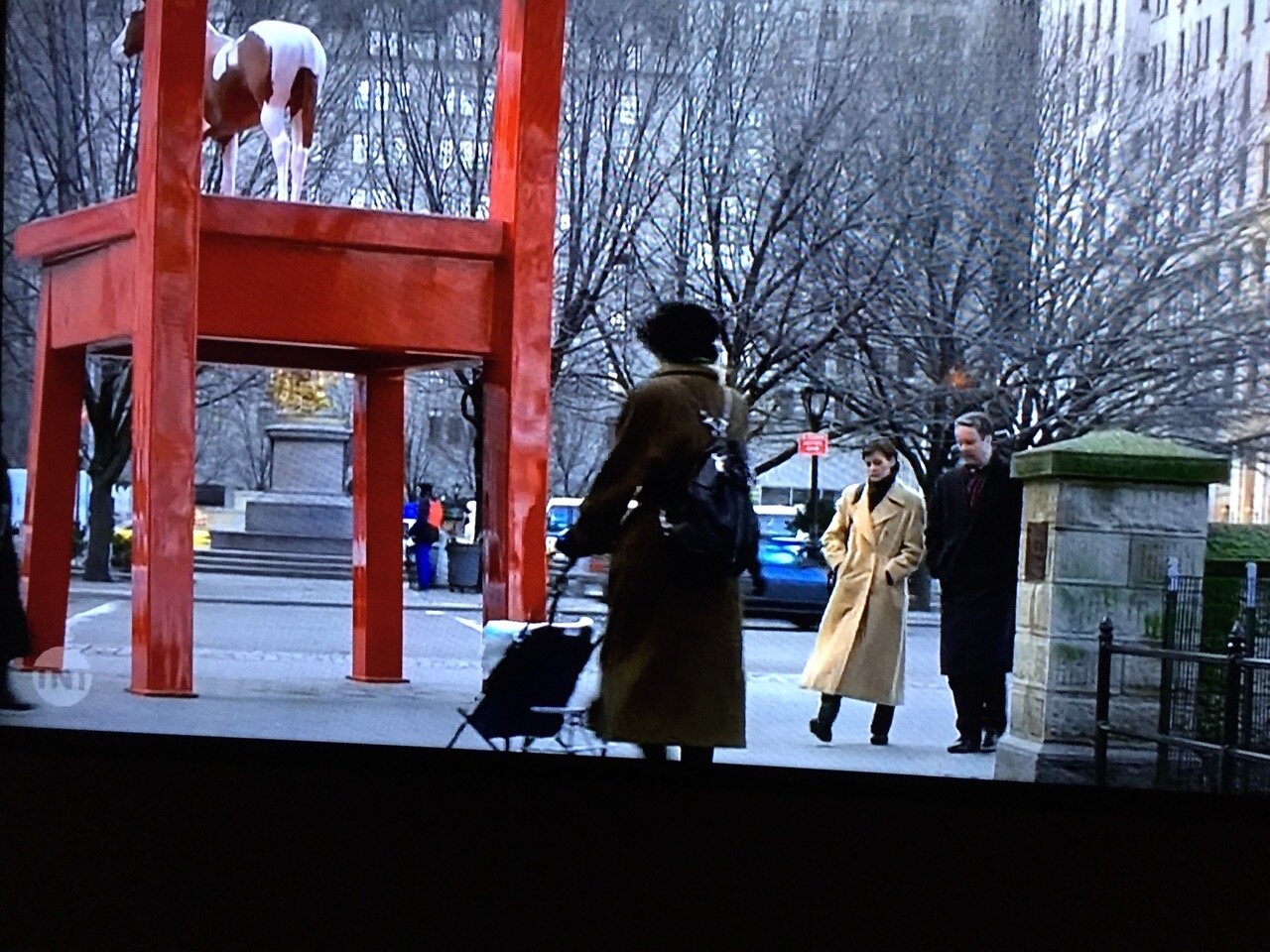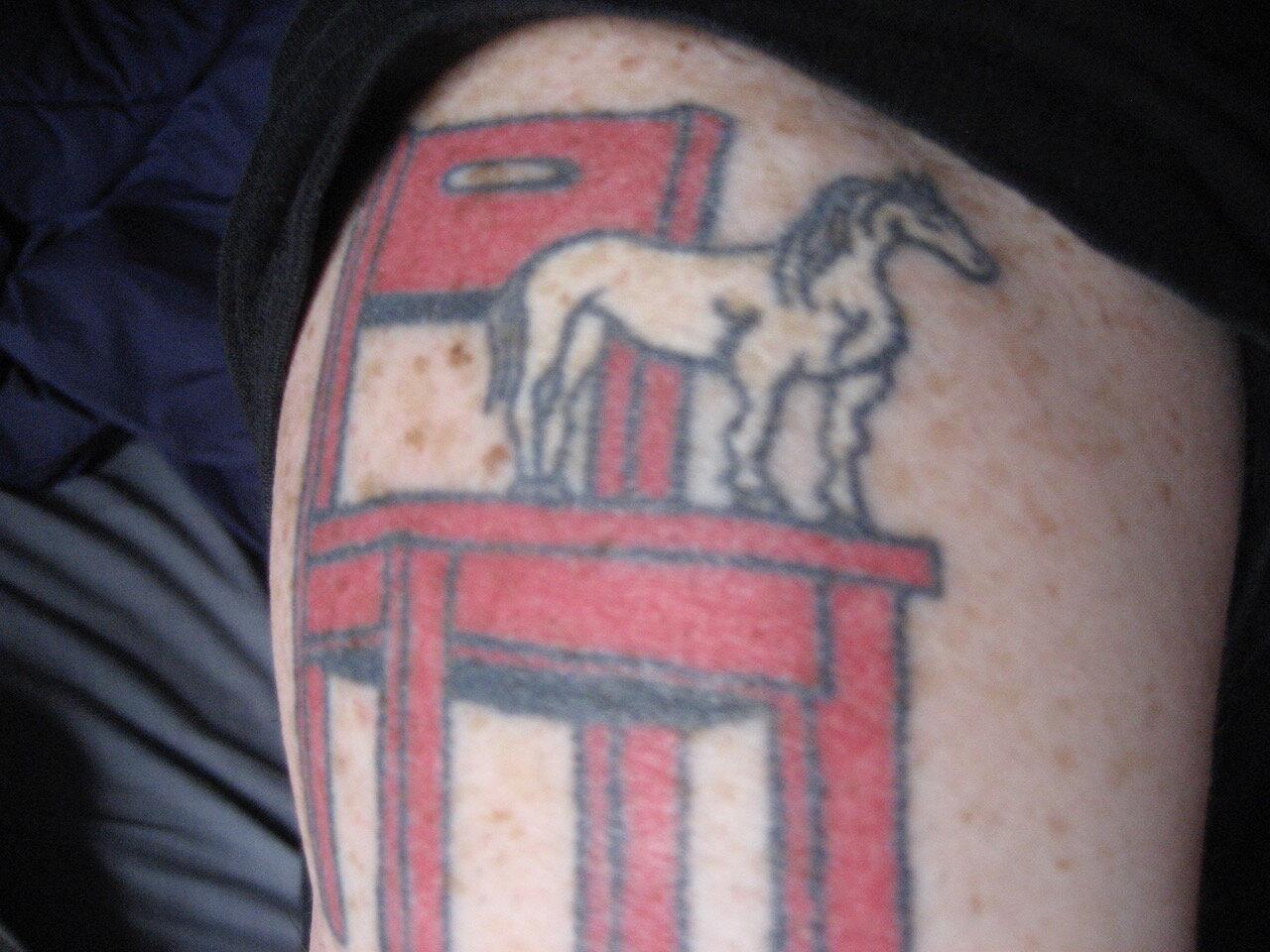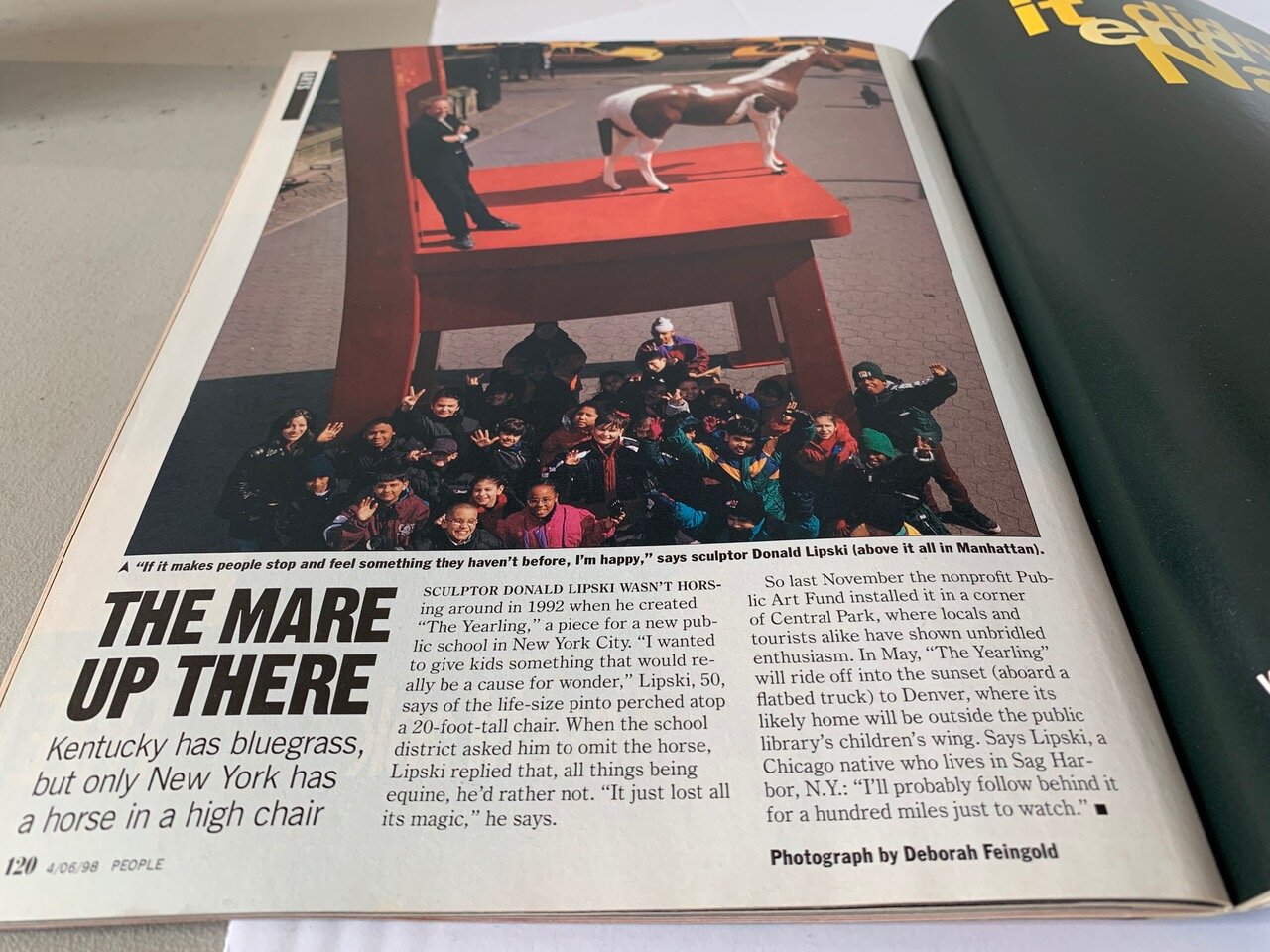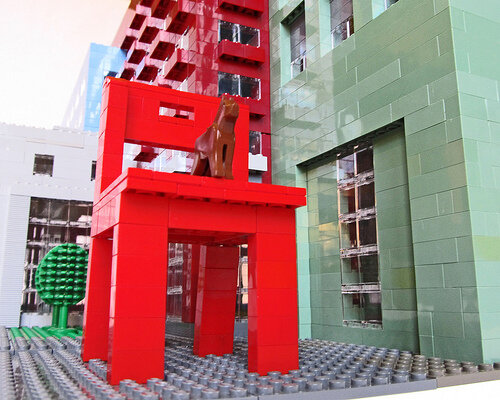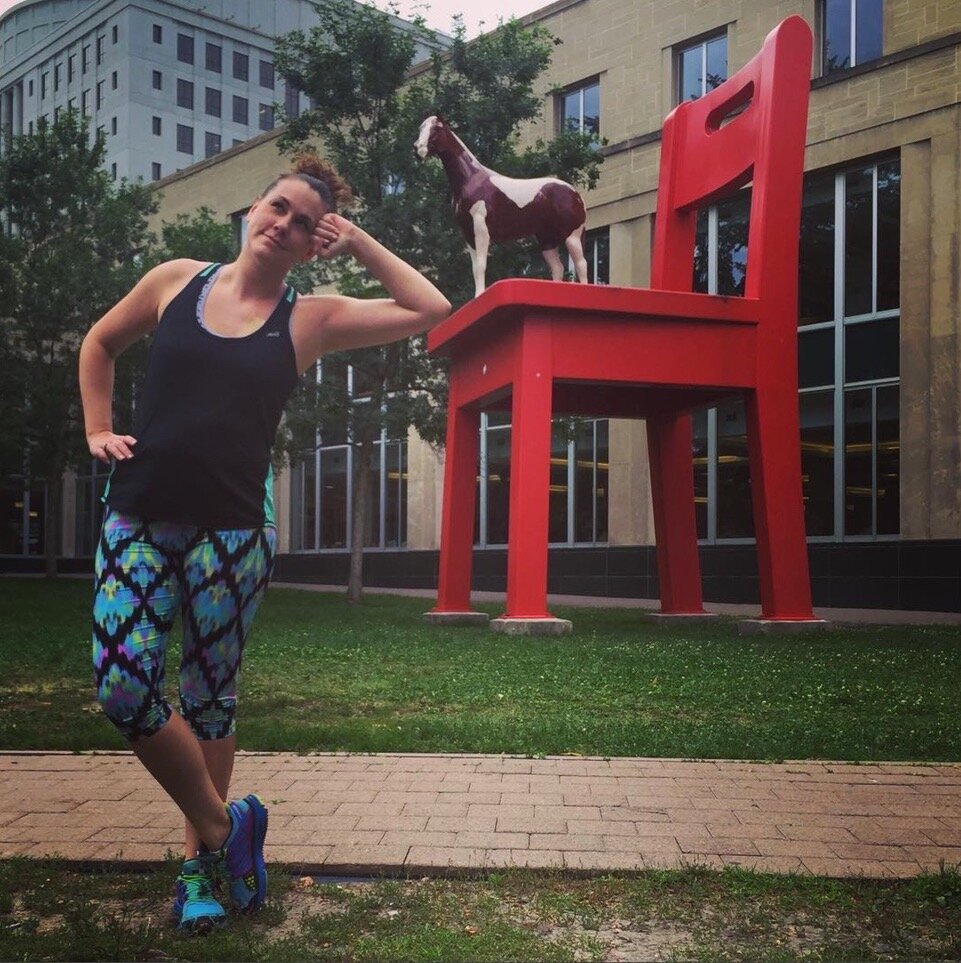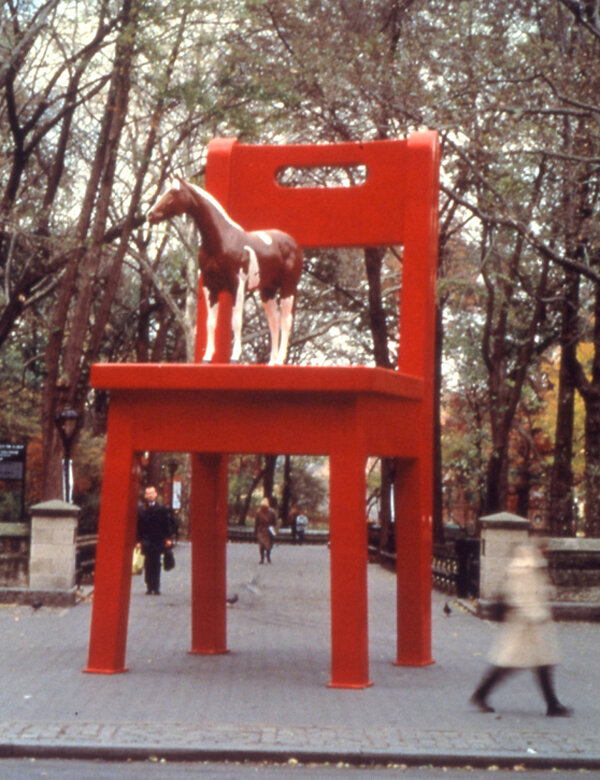It feels great to be back on site installing after a year of pandemic related delays. Our May schedule is also a sign of what’s to come in the year ahead. This past month we helped to install three works of public art spread across three states.
Our first installation brought us to Boston with artist and long time collaborator Donald Lipski. The details of this installation are still top secret but we look forward to sharing more with you in the coming months.
The second and third installations were with Colorado based artist Patrick Marold. Patrick is well known for his artistic practice which works to bind the physical environment with our perception. His minimal approach to materials and design speaks to a deep connection to the natural world and his two most recent public works build on this theme.
Patrick Marold’s Alluvial Mirror for the Julia Street entrance to the New Orleans Ernest N. Morial Convention Center. Photo courtesy of Patrick Marold.
For the Julia Street entrance to the New Orleans Ernest N. Morial Convention Center Patrick designed Alluvial Mirror, a sculpture that pays homage to the pedestrian park’s historic location on the river front where a sandy beach once naturally formed due to the river’s alluvium. Alluvial, derived from the Latin alluvius, refers to the soils deposited by surface water.
Patrick Marold’s Alluvial Mirror illuminated in the evening. Photo courtesy of Patrick Marold.
Alluvial Mirror’s form is influenced by a trumpet’s bell, referencing New Orleans vibrant music scene. This striking 18’ tall, mirror polished sculpture is illuminated in the evening.
Patrick Marold’s Cirri for the new Terminal 2 of the Fort Lauderdale-Hollywood International Airport
For the new Terminal 2 of the Fort Lauderdale-Hollywood International Airport artist Patrick Marold created Cirri, a suspended sculpture that fills the vertical space.
The installation of Patrick Marold’s Cirri.
Composed of over 5,000 feet of black steel strap and structural aluminum, Cirri presents an expansive and spatially integral composition of layered lines drawn into the volume of the architecture, augmenting the public’s perception of scale and dimension. The sweeping bodies maintain a lightness and a delicate response to gravity that enforces a dynamic presence, referencing cirrus clouds.
The installation of Patrick Marold’s Cirri as seen from above.
The three layers nest within each other and activate a moire effect that enhances the viewers movement and visual experience from below. The various perspectives available in the terminal allow for unique visual experiences, as does the changing light conditions through out the day.
Patrick Marold’s Cirri as seen from below.
Special thanks to Mathias Leppitsch, Nick Geurts, Silo Workshop and of course Patrick Marold. Stay tuned for more installation updates coming soon.











